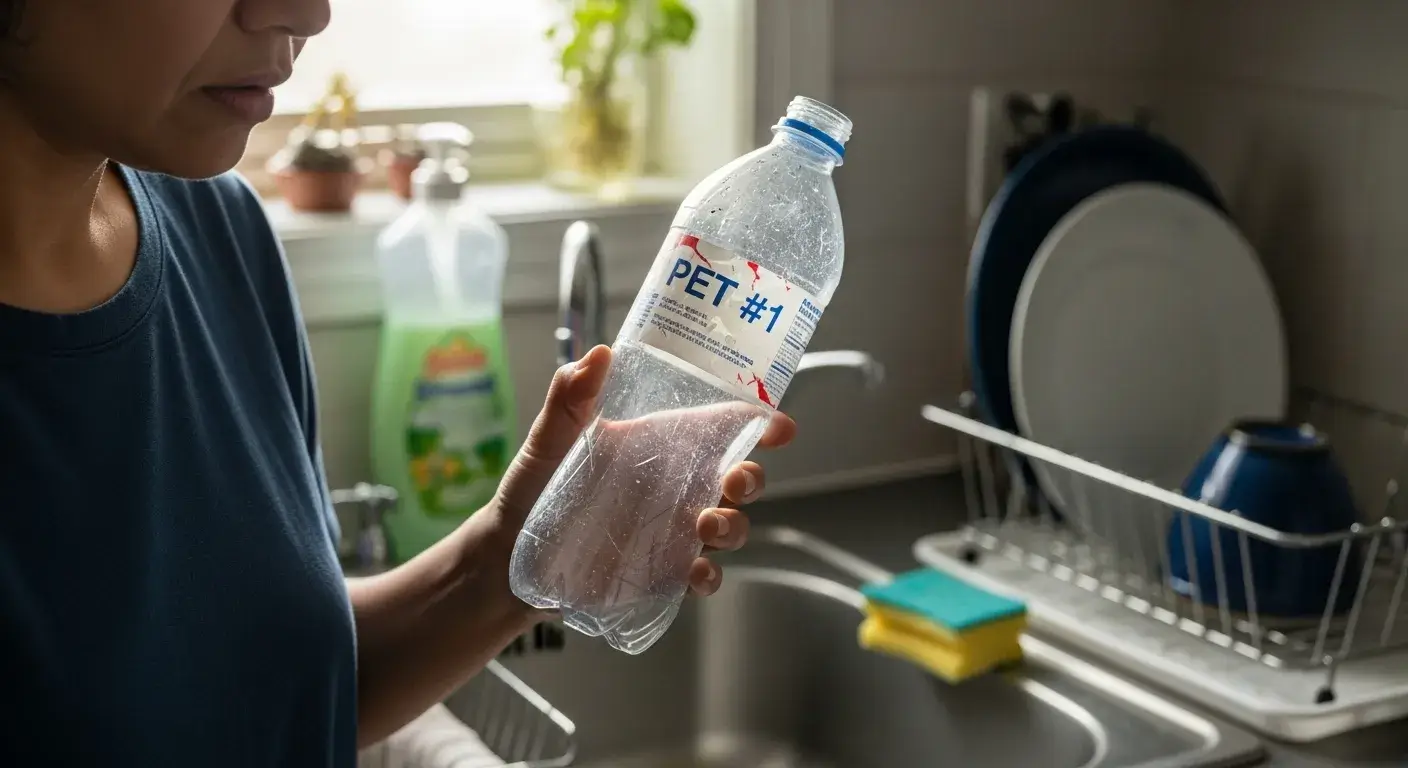
Worried about reusing plastic water bottles? You're not alone. Many people reuse them daily—some safely, others at risk.
Single-use plastic bottles (usually PET) are not designed for long-term reuse due to bacterial growth and chemical leaching risks.
Learn how plastic type, wear, and cleaning affect reuse safety—and when to replace your bottle or switch materials.
Are all plastic water bottles safe to reuse?
Plastic isn't one-size-fits-all.
Most single-use water bottles made from PET (#1) are not designed for long-term reuse due to health risks.
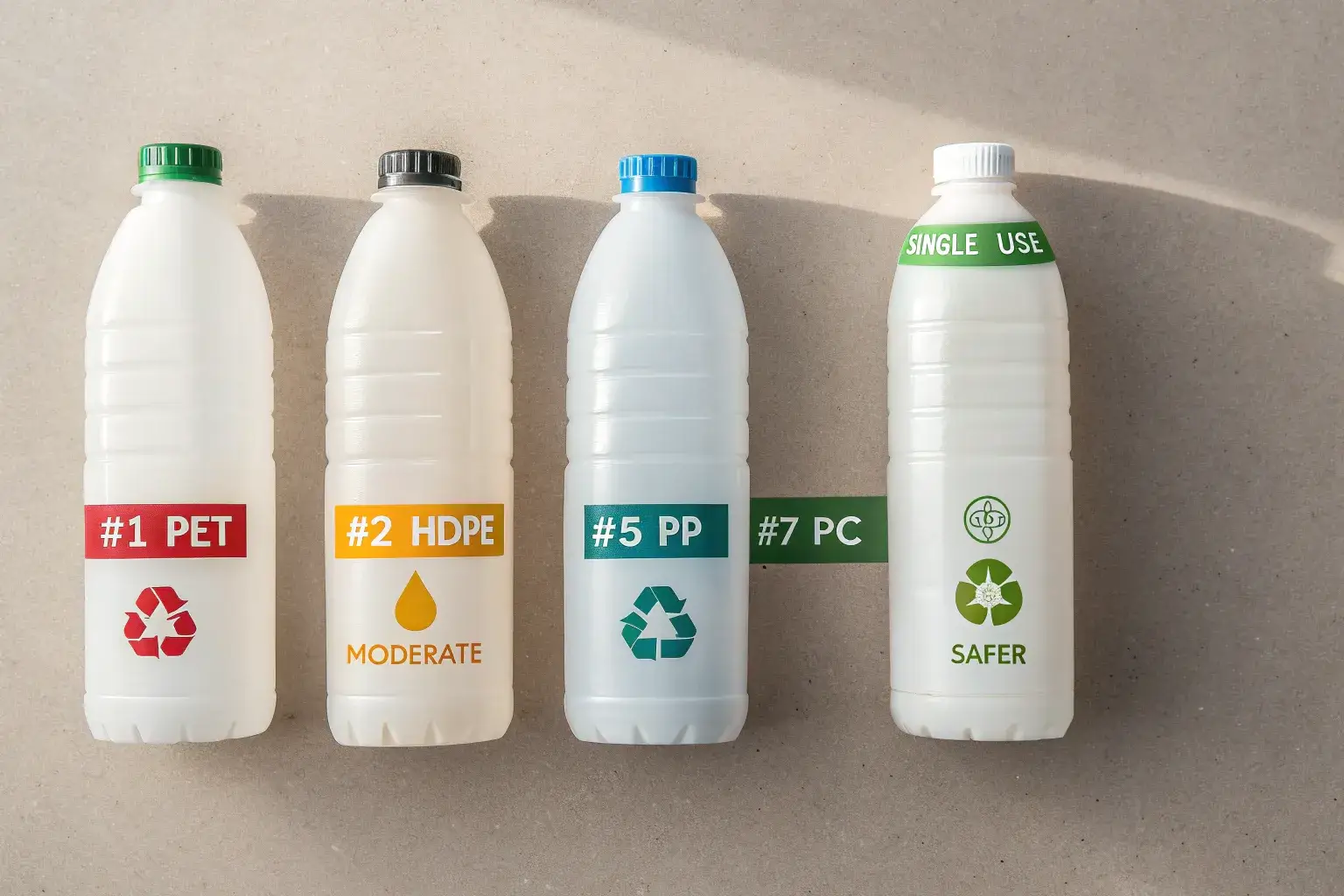
Understanding Plastic Codes
| Plastic Type | Code | Reuse Safety | Notes |
|---|---|---|---|
| PET | #1 | Unsafe for reuse | Single-use only |
| HDPE | #2 | Moderate | Used in milk jugs, safer reuse |
| PP | #5 | Safer for reuse | Found in reusable plastic bottles |
| PC/BPA | #7 | Risky | May contain harmful BPA |
Check the number inside the triangle on the bottle's base1 to identify material type.
How does the type of plastic affect the safety of reuse?
Some plastics degrade faster than others.
BPA-free plastics like polypropylene (#5) are safer for reuse, but all plastics wear over time and can leach chemicals.
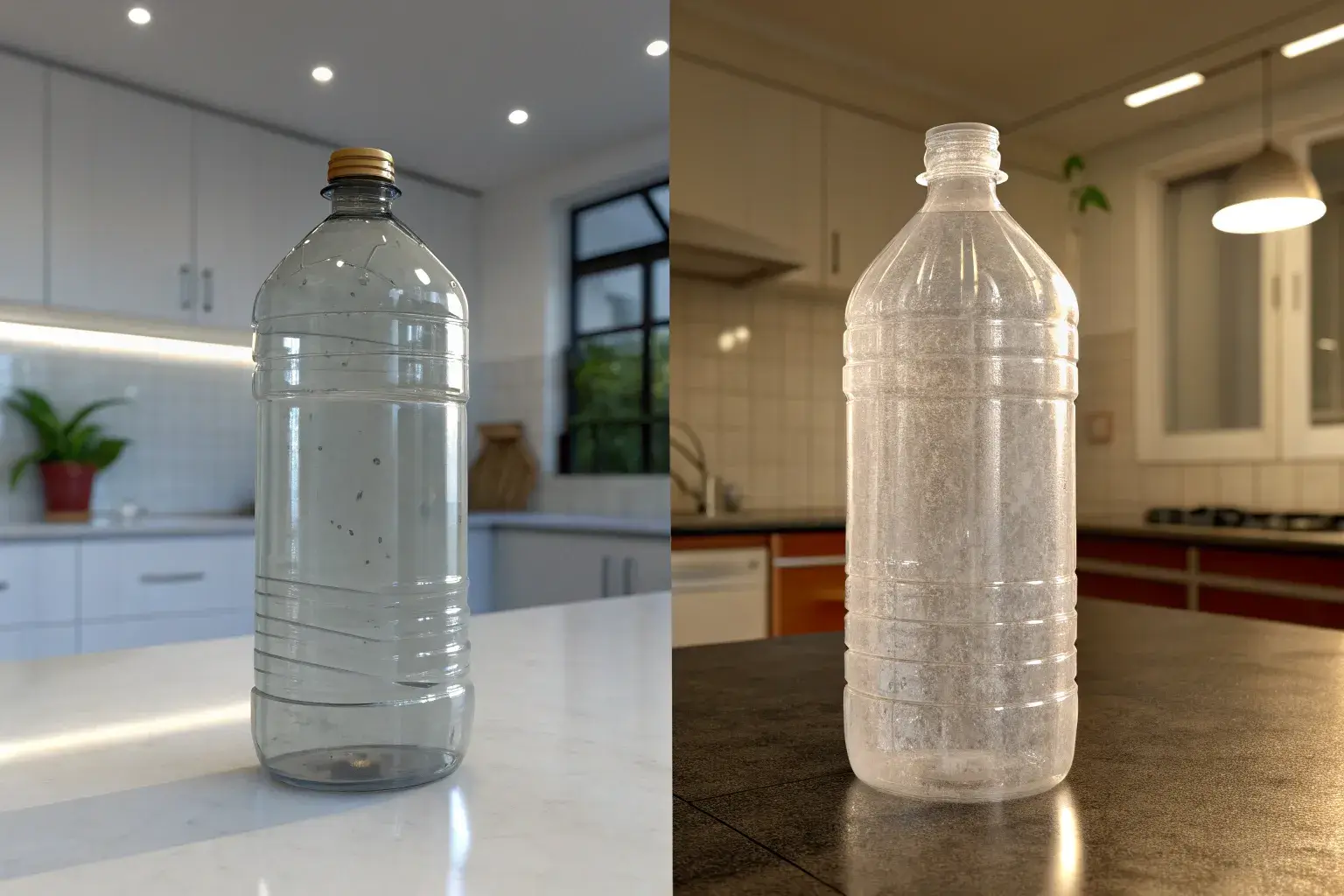
Reuse Potential by Material
- PET (#1): Meant for single-use; scratches easily, risks bacterial growth
- HDPE (#2): Durable but hard to clean thoroughly
- PP (#5): Most suitable for reuse
- #7 (Mixed plastics): Often contains BPA—avoid for long-term use2
Choose bottles labeled "BPA-free" for safer, repeat use.
What health risks are associated with reusing plastic water bottles?
The risk is real but manageable.
Reusing plastic bottles can expose you to bacterial infections or chemical leaching from degraded plastic.
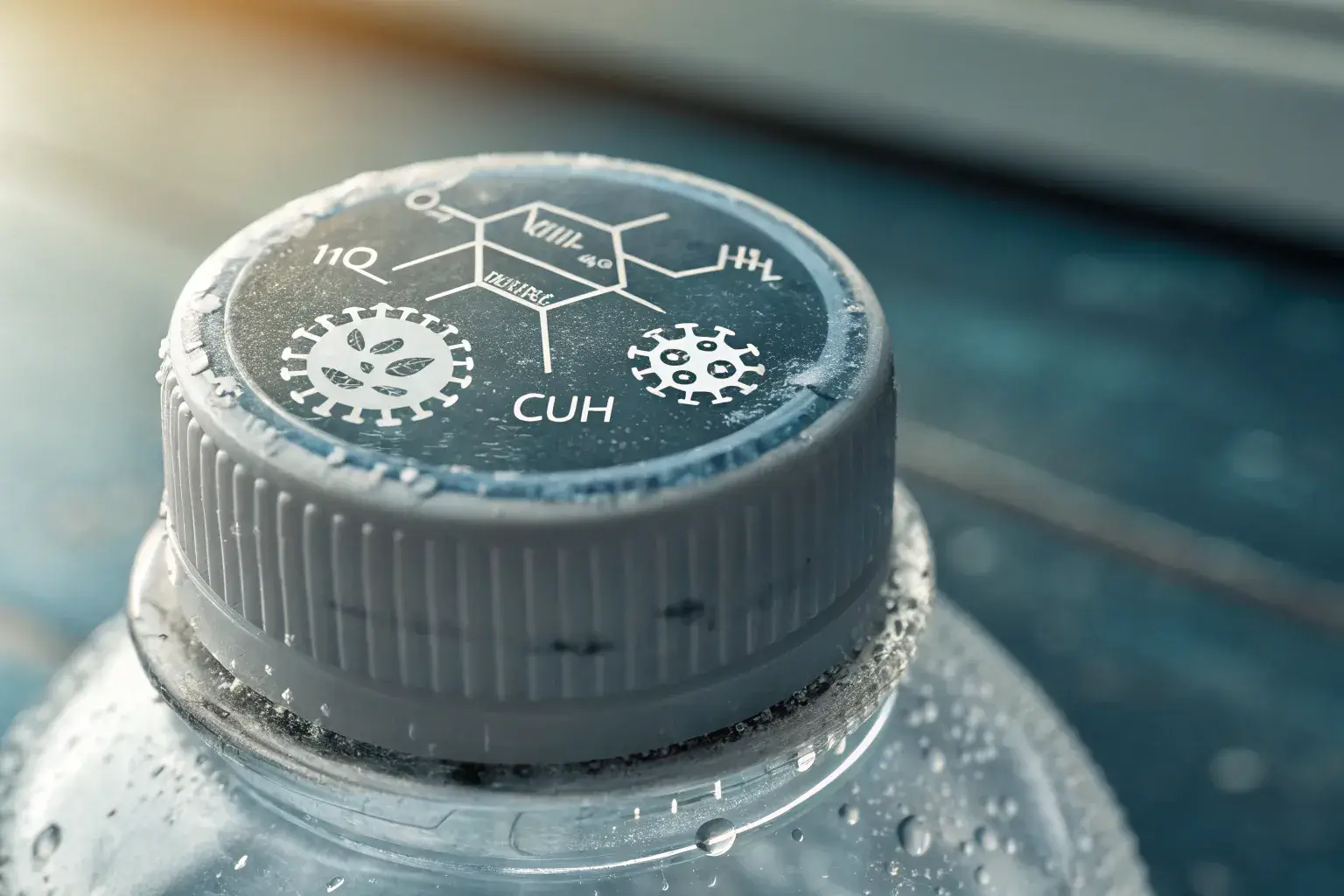
Key Health Concerns
- Bacteria grow in scratches, caps, and crevices3
- BPA and phthalates may leach from older bottles4
- Heat and UV exposure accelerate chemical breakdown5
If you've been sick after reusing bottles, poor hygiene or material degradation could be why.
How often should you replace a reusable plastic water bottle?
Don't wait for a leak.
Most plastic bottles should be replaced every 1–2 years or sooner if there are signs of damage.
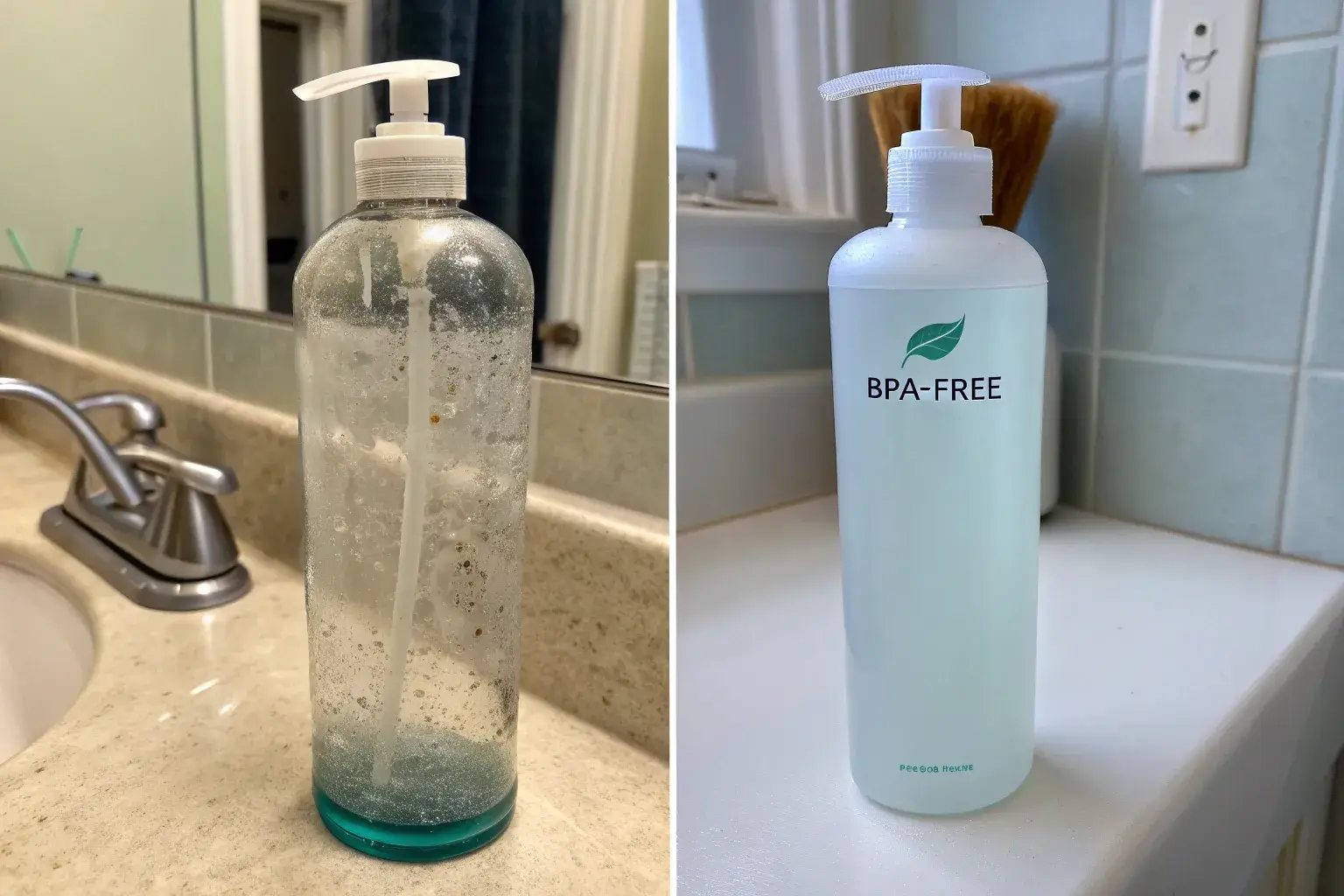
Signs to Replace
- Cracks or splits
- Cloudy or discolored material
- Persistent bad odors
- Deep scratches inside or around the rim
How does wear and tear impact the safety of plastic water bottles?
Scratches may hide more than you think.
Tiny cracks can trap bacteria and increase chemical leaching, reducing safety with each reuse.
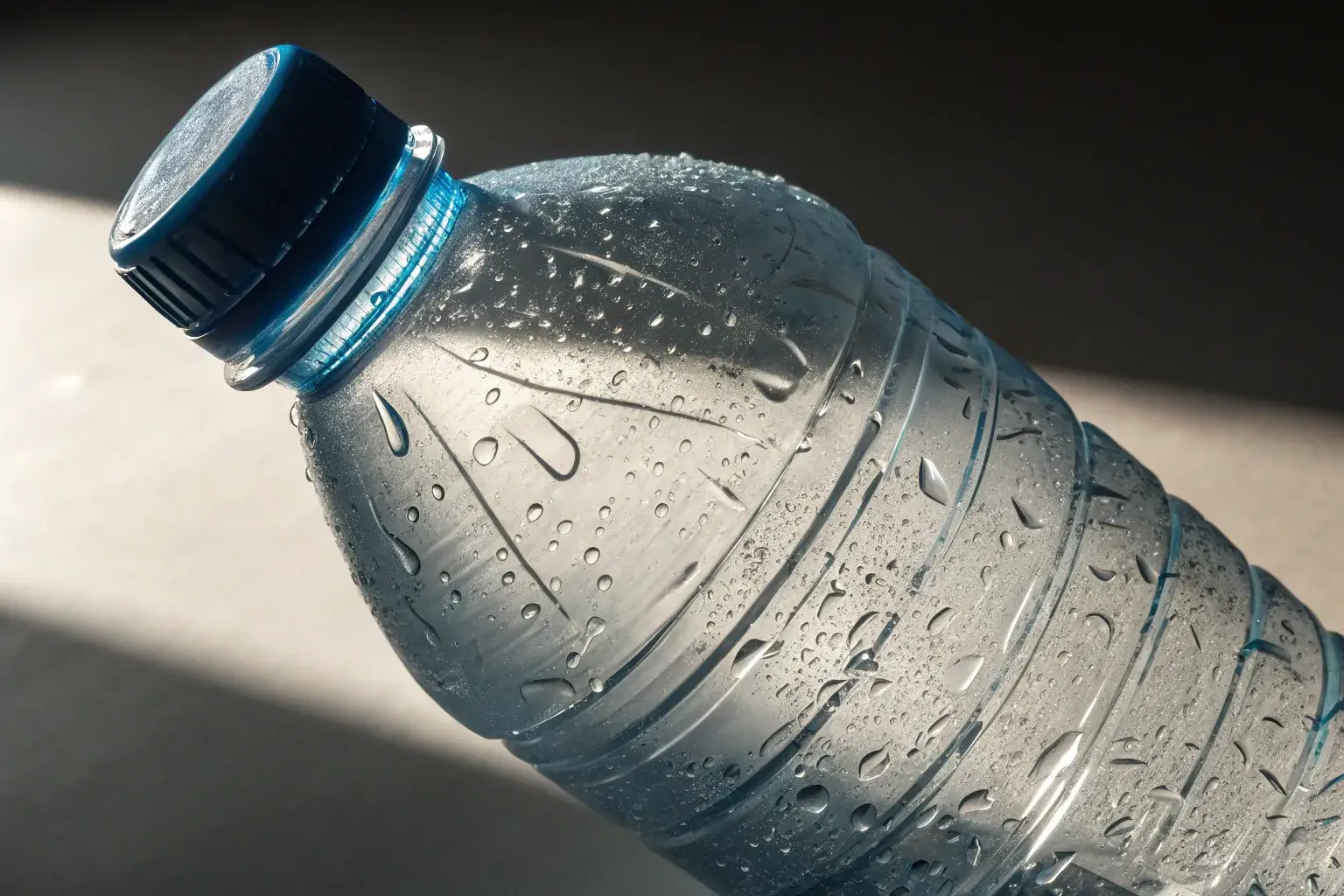
What Happens Over Time?
- Repeated use causes microfractures
- Scratched areas are harder to clean
- Damage makes plastic more likely to break down chemically
Avoid using abrasive sponges when cleaning plastic bottles7.
What cleaning practices help make reuse safer?
Good hygiene is key.
Wash bottles daily using warm, soapy water and air-dry with the cap off.
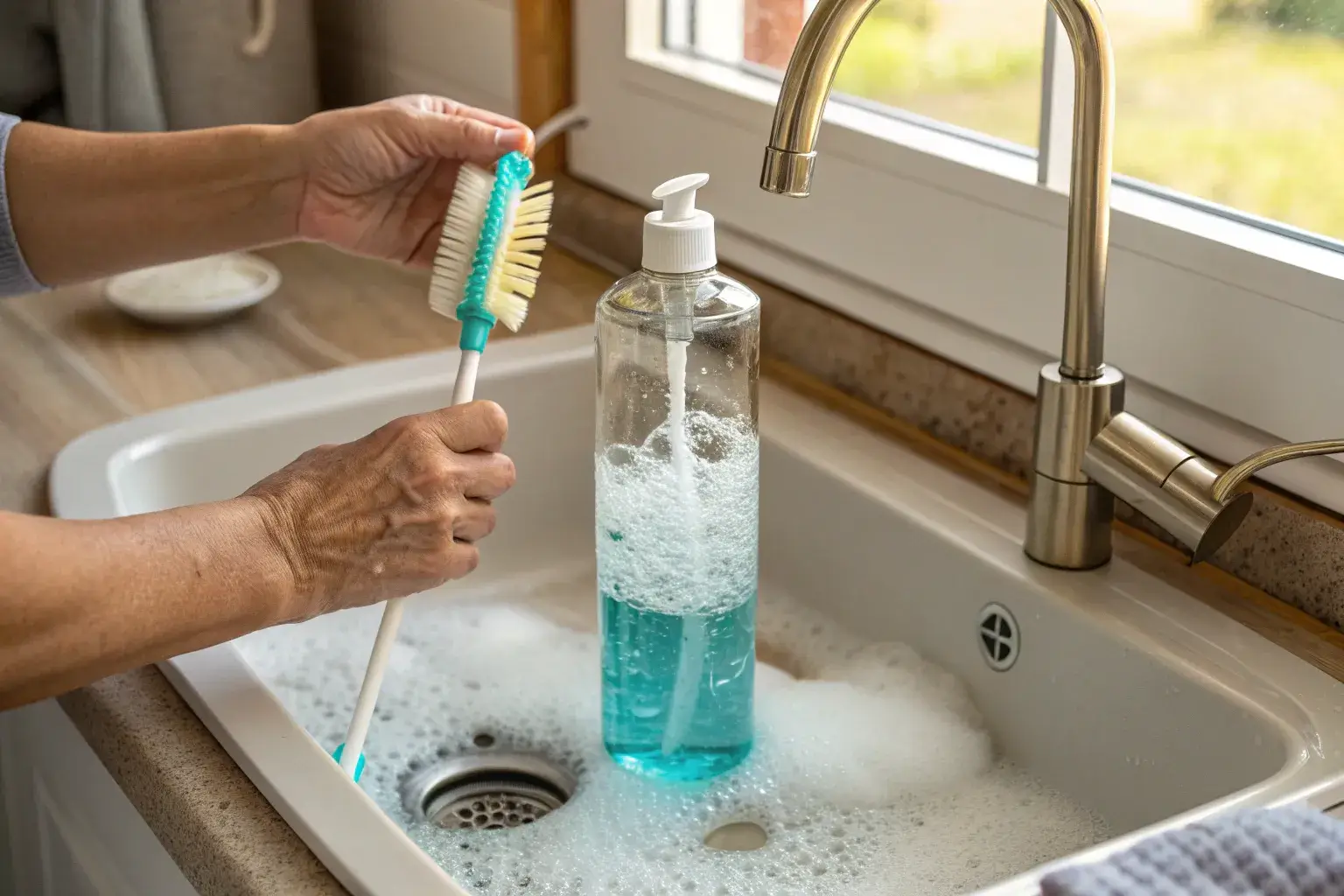
Best Cleaning Tips
- Use a bottle brush to scrub all surfaces
- Rinse thoroughly and air-dry completely
- Clean caps, threads, and straws too
- Avoid high heat or dishwashers unless labeled dishwasher-safe8
Drying prevents moisture-loving bacteria from growing.
Can chemicals like BPA leach from reused plastic bottles?
Yes, and it's not just BPA.
BPA and other harmful chemicals can leach from old or degraded plastic, especially under heat or acidic drink exposure.
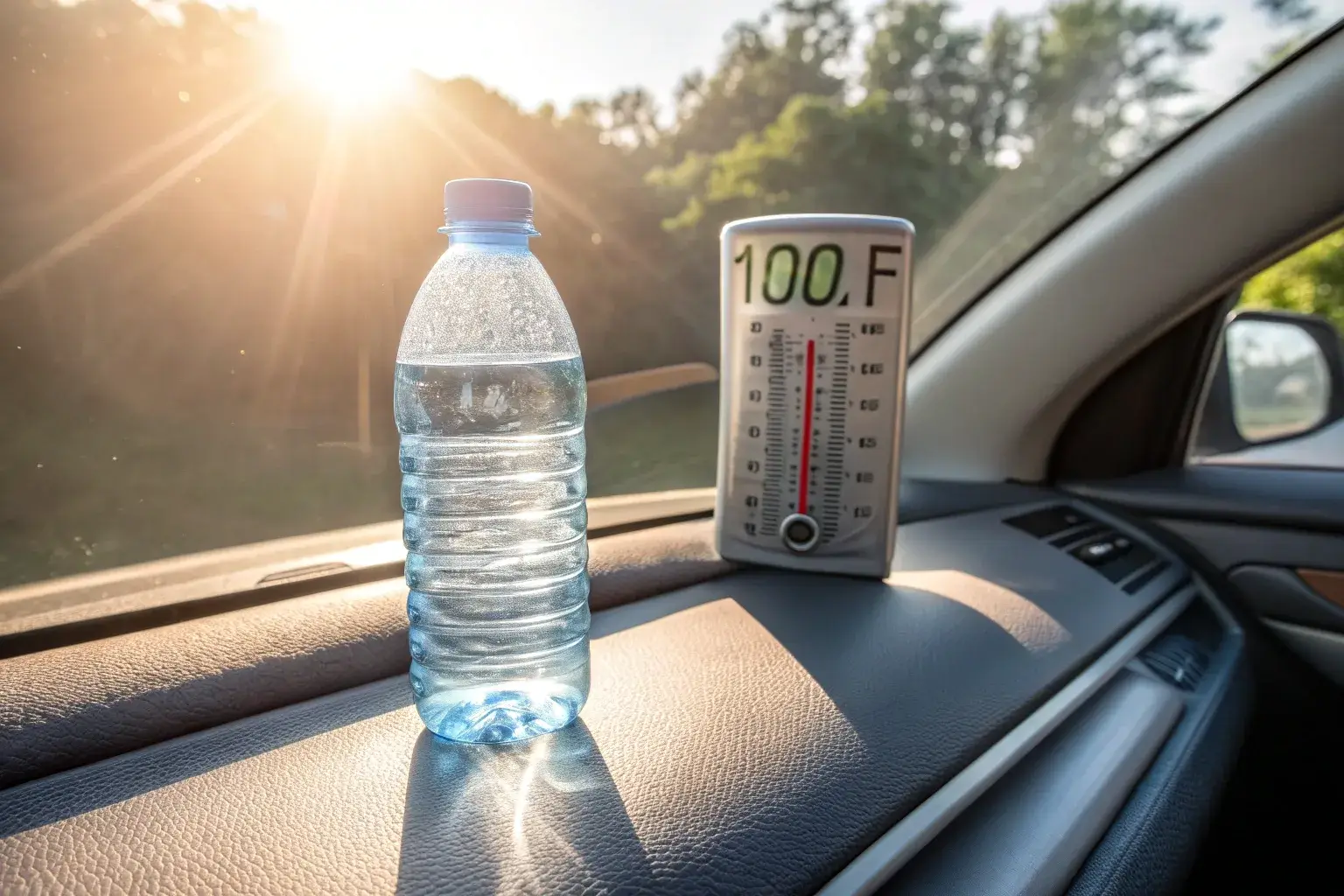
Leaching Triggers
- Hot water or sunlight exposure9
- Scratches and wear
- Storing acidic or sugary liquids10
Switch to BPA-free bottles and store water in cool, dry conditions.
How does bacterial growth affect reused plastic water bottles?
Bacteria love moist, dark places.
If you don't clean your bottle daily, bacteria and mold can multiply and cause illness.
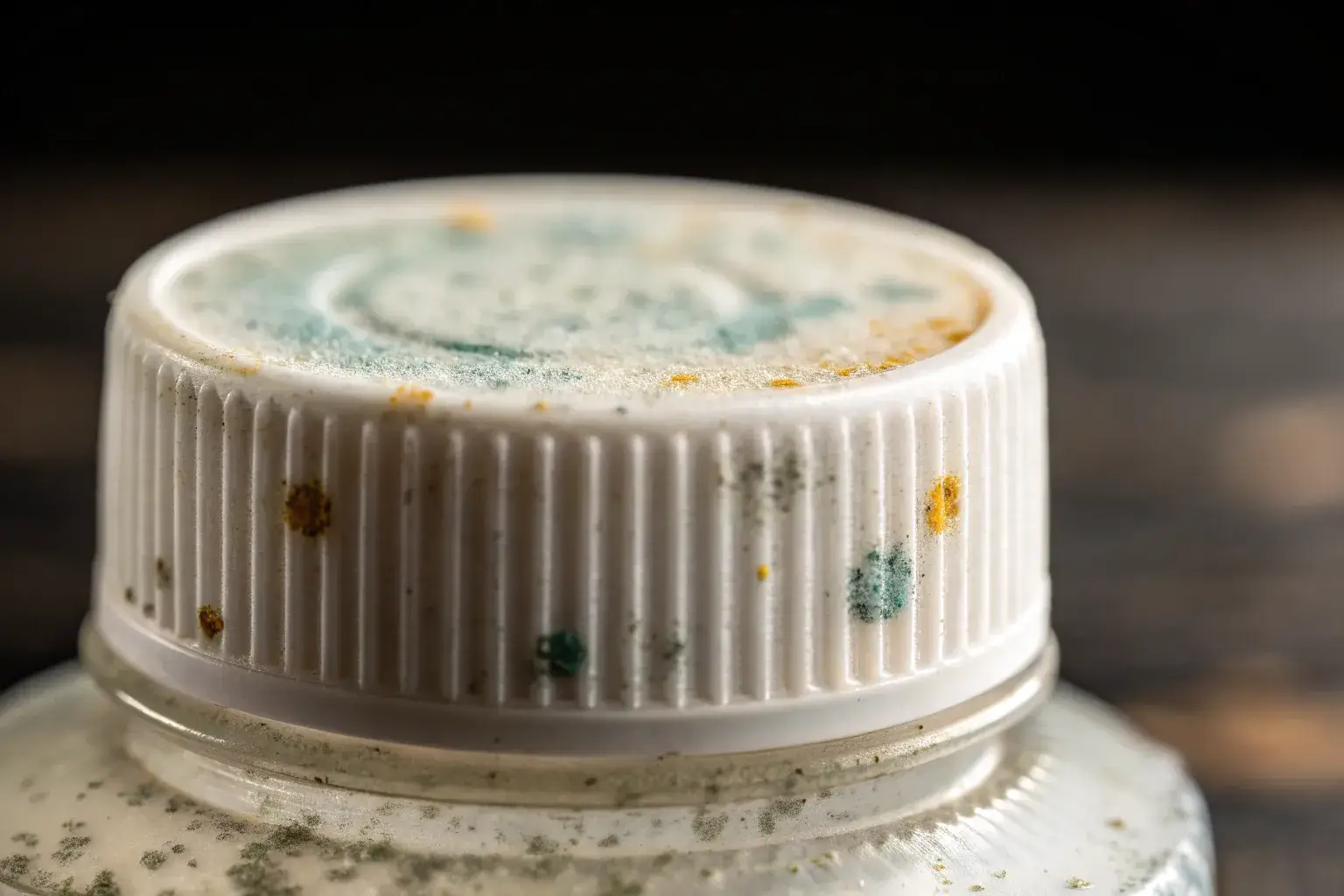
Common Contaminants
- E. coli
- Staphylococcus
- Mold spores11
Proper cleaning stops them before they start.
Are BPA-free plastic bottles safer for long-term reuse?
They're a better choice, but not perfect.
BPA-free bottles still wear over time and can harbor bacteria if not cleaned well.
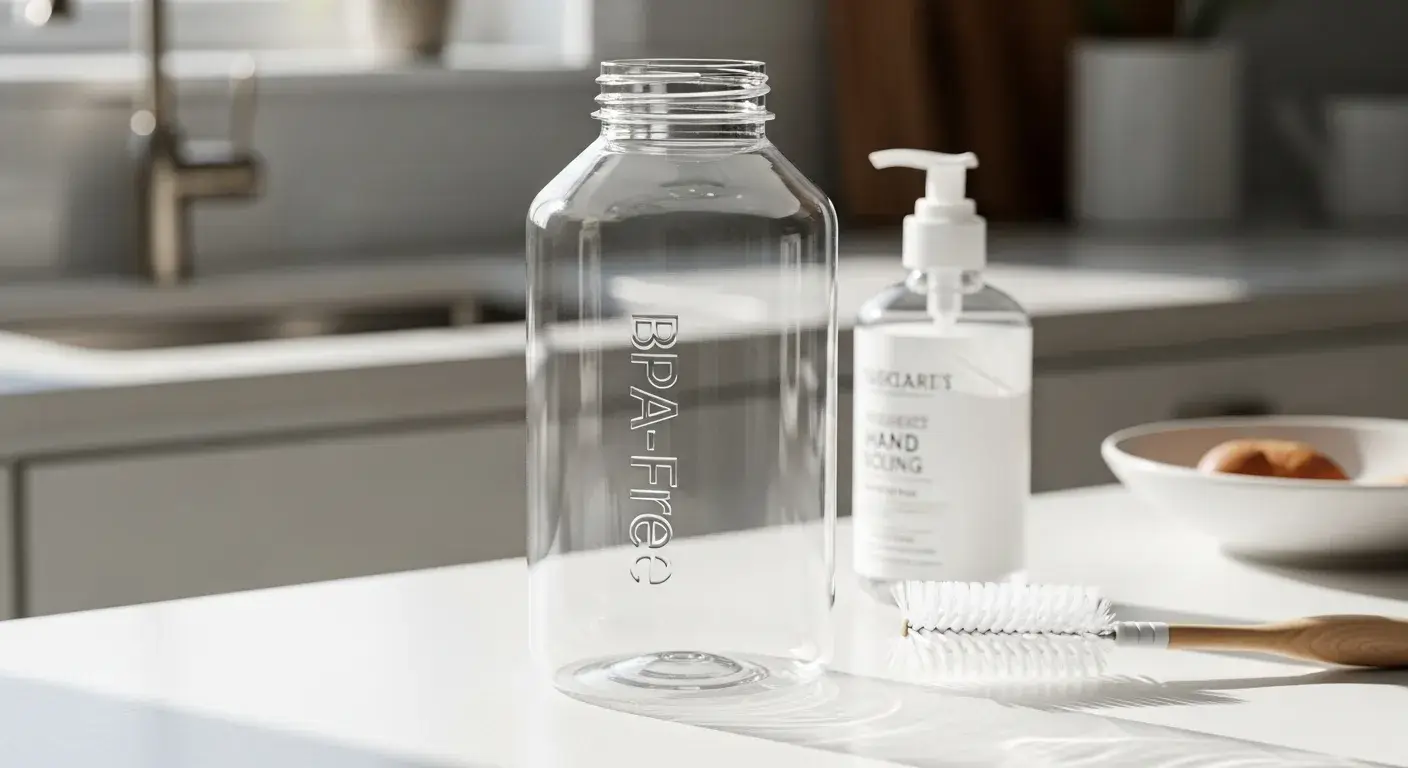
What to Look For
- Clearly labeled BPA-free
- Thicker plastic walls
- Wide-mouth design for easier cleaning12
Even BPA-free bottles have a shelf life—inspect regularly.
When is it better to switch to reusable stainless steel or glass bottles?
Upgrade for better health and durability.
Stainless steel and glass bottles are more hygienic, longer-lasting, and don't leach chemicals.
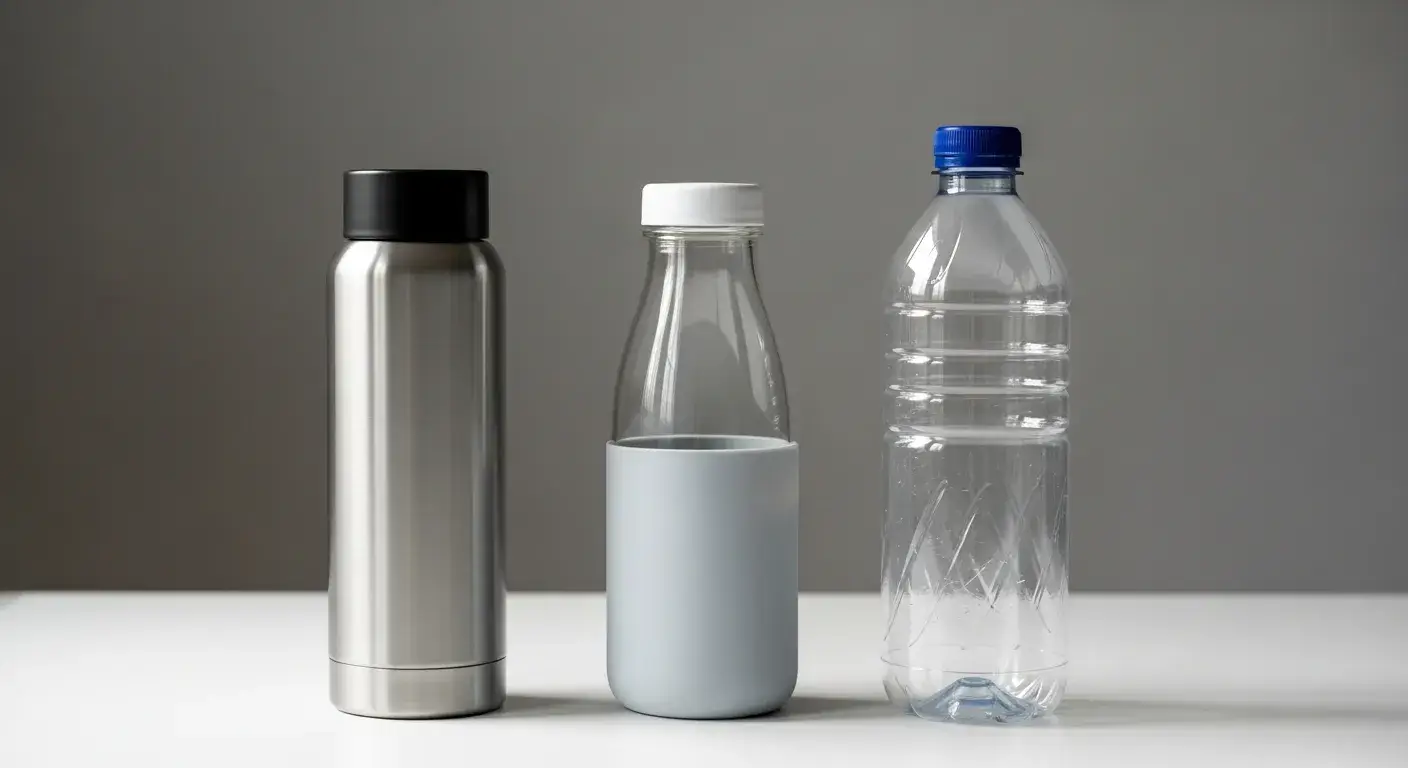
Comparison Table
| Feature | Plastic | Stainless Steel | Glass |
|---|---|---|---|
| Chemical leaching | Yes (some types) | No | No |
| Durability | Low–Moderate | High | Moderate |
| Cleaning | Difficult | Easy (wide-mouth) | Easy |
| Longevity | 1–2 years | 5–10+ years | 2–5 years |
If you use bottles daily, switching makes health and financial sense13.
Conclusion
Plastic water bottles can be reused safely for a limited time—if cleaned well and not damaged. For long-term use, switch to safer, more durable alternatives.
FAQs
How many times can I reuse a PET water bottle?
Ideally once or twice if cleaned. Not for long-term reuse.
Is BPA the only chemical I should worry about?
No. Other toxins can leach from scratched or old plastic too.
Can I put reused plastic bottles in the dishwasher?
Only if labeled dishwasher-safe. Most PET bottles are not.
Does freezing affect reuse safety?
Yes. Freezing can crack plastic and speed up degradation.
Can reused plastic bottles cause cancer?
There's no direct proof, but chronic exposure to leached chemicals is a concern.
Footnotes:
-
Helps identify what plastic your bottle is made of by checking the recycling code number inside the triangle, with codes 1-7 indicating different plastic types and safety levels ↩
-
Mixed plastics marked #7 may contain BPA and other unsafe chemicals like polycarbonate (PC), which should be avoided for food and beverage storage ↩
-
Bacteria thrive in hard-to-clean bottle areas, with research showing 300,000 bacterial cells per square centimeter in uncleaned bottles—more than toilet seats ↩
-
Older bottles can leach BPA and phthalates into liquids, with Harvard research showing a 69% increase in urinary BPA after one week of use ↩
-
Heat and UV make plastics degrade and release toxins, with chemical breakdown accelerating significantly above 45°C (113°F) ↩
-
Visual wear signals it's time to replace your bottle—look for cracks, scratches, cloudiness, persistent odors, or discoloration ↩
-
Rough sponges cause microdamage that traps bacteria in scratches and crevices that regular washing cannot reach ↩
-
High heat can damage plastic not made for dishwashers, causing structural breakdown and increased chemical leaching ↩
-
Heat exposure accelerates chemical leaching from plastic, with UV radiation causing PET material degradation and chemical migration ↩
-
Acidic drinks can increase chemical migration from plastic bottles more than water, speeding up material breakdown ↩
-
Mold spores commonly grow in unwashed bottle interiors, nooks, and removable parts like caps and straws ↩
-
Wide-mouth bottles are easier to clean thoroughly with bottle brushes, reducing bacterial buildup in hard-to-reach areas ↩
-
Stainless steel and glass are safer and more durable, lasting 5-10+ years compared to plastic's 1-2 year lifespan ↩

